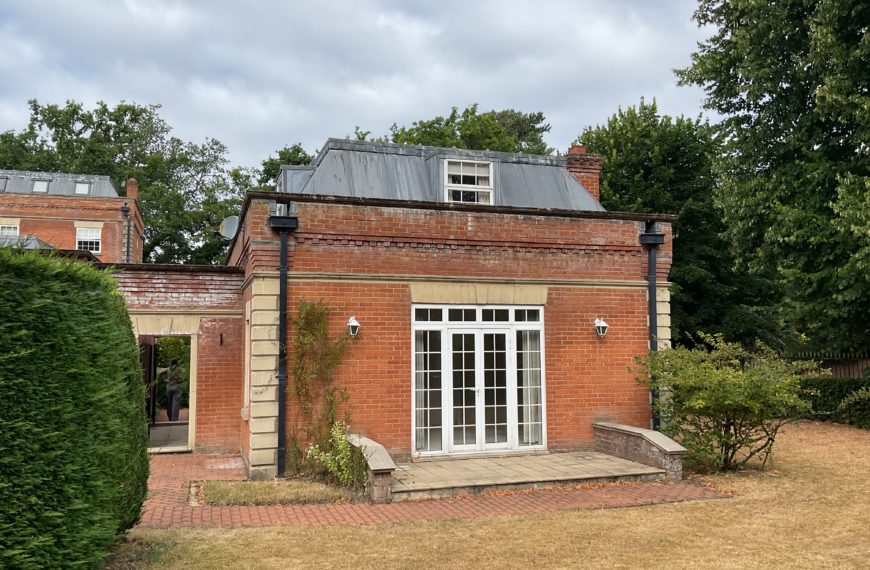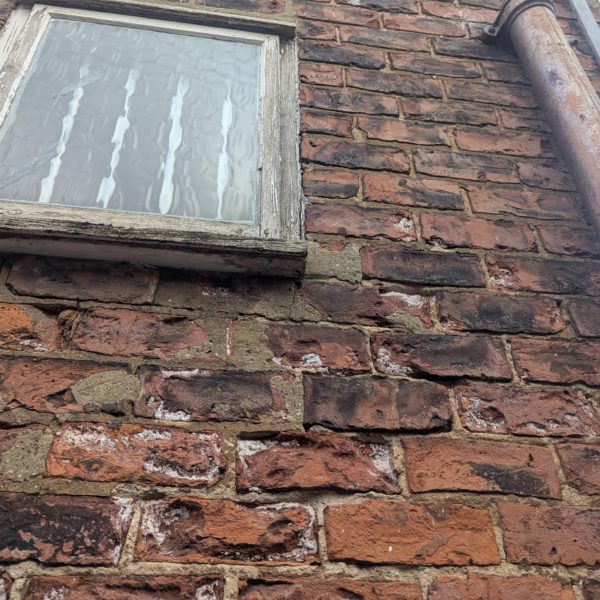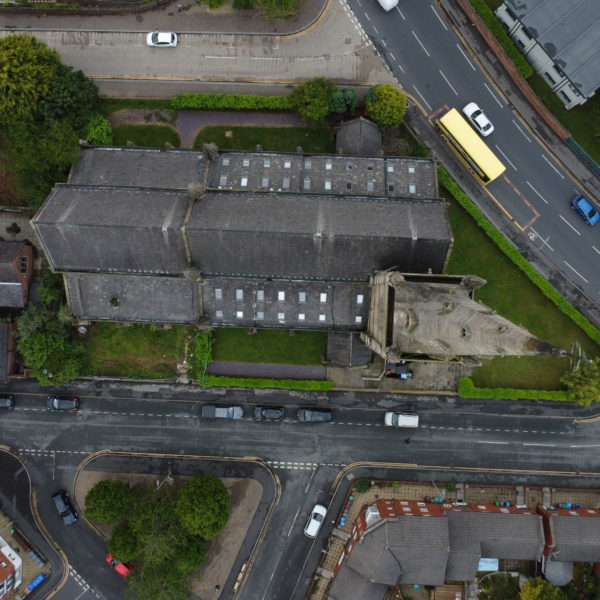Introduction
Ventilation is about more than comfort, it’s a key strategy for preserving the fabric of period homes. Without proper air exchange, excess humidity can damage historic materials, encourage mould growth, trigger decay, and impair indoor air quality.
Heritage bodies like the Institute of Historic Building Conservation (IHBC) and Historic England emphasise the need for context‑sensitive approaches that balance environmental health and conservation integrity. This guide navigates the best practice principles, explaining how to manage humidity and ventilation effectively in traditional buildings.
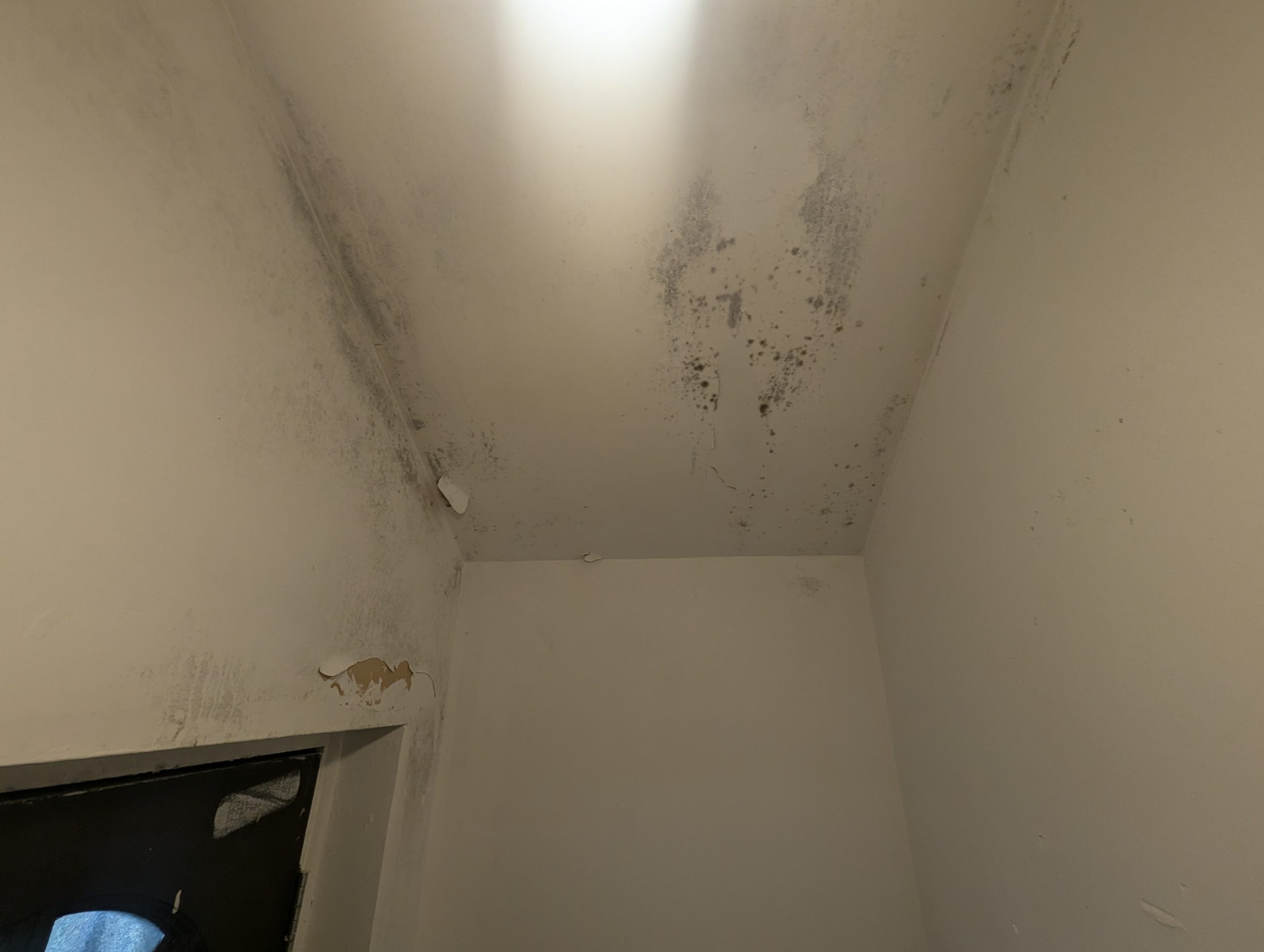
Understanding Moisture in Period Structures
Historic buildings rely on ‘breathable’ materials like lime-based renders and masonry. Trapping moisture within such fabric threatens long-term durability and promotes biodeterioration.
- Condensation forms when cold surfaces intersect with humid air, especially around poorly insulated windows or concealed masonry.
- High indoor humidity (above 60%) encourages mould and respiratory hazards. Maintaining relative humidity between 40–60 % provides a healthy balance.
- Indoor CO₂ levels over 1000 ppm indicate insufficient breathing, which may affect occupant health and comfort
Proven Principles
Heritage institutions stress context-sensitive ventilation strategies—not one-size-fits-all solutions.
- Historic England recommends tailored assessments of moisture dynamics and building performance, steering away from blanket solutions.
- IHBC advises adopting evidence-based practices that support traditional fabric’s breathability and historical context—including ventilation designs that avoid damaging interventions.
Natural Ventilation: Breathing with Grace
Natural ventilation aligns beautifully with period homes’ architectural charm, using passive airflow to refresh and regulate indoor environments.
- Techniques include cross-ventilation, stack-effect flow (using vertical vents or chimneys), and operable upper windows or clerestories.
- Benefits include energy-free fresh air distribution and improved thermal comfort, though humidity reduction may require strategic airflow timing.
Mechanical Ventilation Options for Older Buildings
Where natural ventilation isn’t enough, mechanical systems can help, while still respecting heritage fabric.
- MEV (Mechanical Extract Ventilation): Affordable, low-impact systems that remove moist air from kitchens and bathrooms using humidity sensors to operate intelligently.
- MVHR (Mechanical Ventilation with Heat Recovery): Ideal for well-insulated or retrofitted properties: captures heat from exhaust air for reuse and provides consistent ventilation.
- Both systems should be installed thoughtfully to avoid disrupting historic fabric and plumbing and structural planning must consider heritage conservation.
Practical Techniques for Everyday Homes
Understanding airflow and where to intervene can make a huge difference in daily moisture control.
- Use extract fans in high-humidity areas like kitchens and bathrooms; run them until condensation is cleared.
- Enable passive airflow by opening windows strategically, encouraging cross-breeze or utilizing upper vents to release warm damp air especially during humid seasons.
- Keep air paths clear avoid blocking vents, and consider quick fixes like dehumidifiers or natural moisture absorbers when needed.
Overheating, Ventilation & Occupant Comfort
Ventilation also plays a significant role in preventing overheating, a growing risk under climate change.
- Historic England recommends a “whole‑house approach” balancing insulation upgrades with ventilation to avoid trapping heat, while preserving breathable walls.
Common Pitfalls to Avoid
Improving airflow doesn’t mean compromising heritage values. Common mistakes include:
- Introducing HVAC systems that disrupt solid walls or delicate features.
- Over-sealing homes without adding appropriate ventilation, leading to trapped moisture.
- Ignoring site-specific conditions like prevailing winds or seasonal humidity cycles.
Ventilation Diagnosis & Timeline
Following an organized approach ensures effective and sympathetic ventilation improvements:
- Assessment: Use humidity loggers and moisture surveys to map hot spots and moisture accumulation.
- Planning: Select ventilation solutions aligned with heritage and conservation best practices.
- Implementation: Adopt minimal interventions—non-invasive fans, discreet vents, restored window hardware.
- Monitoring: Track indoor climate over months to ensure humidity remains balanced.
- Adaptation: Adjust settings or installations seasonally, such as extra ventilation of kitchens during winter.
Effective humidity and ventilation control in period homes is achievable and essential for preserving both the structure and the well-being of its occupants. By combining heritage-informed assessments, natural and mechanical strategies, and careful monitoring, it’s possible to maintain comfort without compromising historic fabric.
If you’d like, I can craft a downloadable version of this guide, prepare email content, or develop follow-up pieces on moisture monitoring or retrofit planning. Let me know how you’d like to proceed!
Frequently Asked Questions (FAQs)
Why is ventilation important in period homes?
Ventilation is essential in period properties to prevent damp, mold, and decay caused by trapped moisture. It also protects indoor air quality and the integrity of historic materials.
Can modern ventilation systems be used in listed buildings?
Yes, but only with careful design and installation. Systems like MVHR or MEV should be planned with minimal disruption and align with heritage regulations, often requiring listed building consent.
What is the recommended humidity level for older buildings?
The ideal relative humidity indoors is between 40% and 60%. Levels above 60% may lead to condensation, mold growth, and material degradation, especially in breathable wall systems.
What is BS 40104 and how does it relate to ventilation?
BS 40104 is a British Standard that guides the retrofit of both domestic and non-domestic buildings, including ventilation improvements. It emphasizes a whole-building, fabric-first approach that respects traditional construction and heritage values.
Are trickle vents suitable for period homes?
Trickle vents can be used if designed to avoid aesthetic intrusion. In some cases, restoring operable sash windows or using discreet passive vents may be preferable.
How do I know if my period home has poor ventilation?
Signs include persistent condensation on windows, musty smells, black mold, and high indoor humidity levels. Monitoring tools like hygrometers and CO₂ sensors can help identify ventilation deficiencies.
Is natural ventilation enough in traditional buildings?
Often it is, especially if the building retains its original design features like chimneys, sash windows, and air bricks. However, where moisture loads are high (e.g., bathrooms), supplemental extract ventilation is typically needed.

